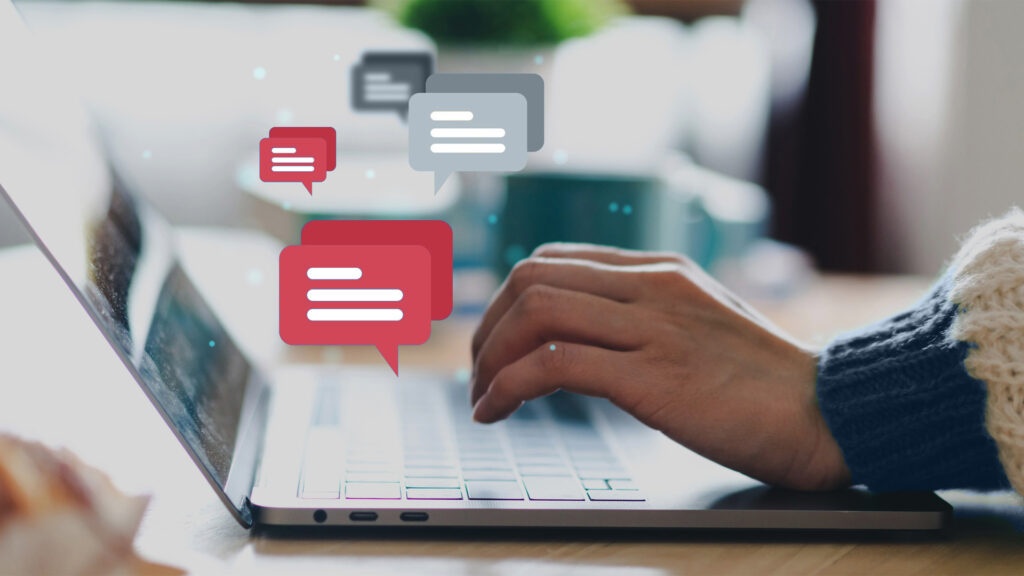If you’re on LinkedIn, you likely receive regular messages requesting a connection from someone you’ve never met. And, once you’ve accepted the connection—whether out of curiosity or kindness—it’s quickly followed by a meeting request or sales pitch.
Yeesh.
Such requests typically have the opposite effect than the sender intended, making it less likely they’ll establish any kind of meaningful connection with the recipient. This is how some LinkedIn users—often marketers or salespeople—can have personal networks composed of hundreds to thousands of people but equaling little value in terms of authentic relationships.
(This post primarily focuses on LinkedIn connection-based messaging. To understand how it differs from LinkedIn InMail, go here.)
Following are six tips to make LinkedIn messaging work for you to establish real connections with your audience:
-
Personalize
Generic messages are easy to spot and easy to ignore. To make a lasting impression, start by addressing the message recipient by name and referencing some detail about their profile, a shared acquaintance, or a recent post they made in your request to connect. This shows you’ve made the effort to learn about them and aren’t just sending out mass requests. In our world of AI bots and automation, demonstrating that you’re a real person who is taking a personal approach is paramount.
-
Provide Value First
Once you’ve made a connection, share insightful content or offer a beneficial (free) resource before ever making a meeting request, even if that’s your ultimate intent. By giving before asking, you show your genuine interest in the recipient and begin to establish trust so that they look forward to hearing from you instead of recoiling.
-
Avoid The Hard Sell
Remember that LinkedIn is a networking platform, not a sales funnel, and aggressive sales tactics only serve to alienate connections. Instead of blatantly pushing your solution, introduce your offerings naturally over time and only when it feels appropriate. Nothing is a bigger annoyance than a “buy me” message from someone whose connection request was just accepted, as it feels like an intrusion and an assault on your trust.
-
Be Concise
This one is inherently obvious, since businesspeople across the board are short on time. While this piece references optimal email length, LinkedIn messages should be equally short, ideally around 50 to 125 words.
-
Leverage Mutual Connections
A message that starts with a mention of—or better yet, a referral from—a trusted third party is more likely to be well-received. This lends credibility and increases the chance the recipient will respond.
-
Engage With Their Content
Before sending direct messages, engage with your connection’s LinkedIn content by liking, commenting on, or sharing it. This means that when you do send a message, the recipient may feel like they already know you to an extent.
It’s true that both LinkedIn direct messages and LinkedIn InMail have a higher response rate than email. But keep in mind that when it comes to any form of online networking, the key to success lies in building familiarity, establishing authenticity and trust, and offering value. When you do these things, your communications have a much greater chance of supporting your outreach objectives. It requires time and effort, but the impact can be significant.
If you need assistance building and better engaging your LinkedIn network, we can help. Let’s get started today.

